


Ciella
gamer level 5
3303 xp
3303 xp
followers
45
45
Use my invite URL to register (this will give me kudos)
https://boardgaming.com/register/?invited_by=ciella
profile badges
...
...
...
...
recent achievements

I Love Playin' Games
Claim that you have played a game today by clicking the "Played Today!" button on a game page 50 times.
Claim that you have played a game today by clicking the "Played Today!" button on a game page 50 times.

Gamer - Level 5
Earn Gamer XP to level up!
Earn Gamer XP to level up!

I Got What I Wanted
Add a game to your Owned list that was previously in your Wish list.
Add a game to your Owned list that was previously in your Wish list.

I'm a Real Player!
Claim that you have played a game today by clicking the "Played Today!" button on a game page 25 times.
Claim that you have played a game today by clicking the "Played Today!" button on a game page 25 times.


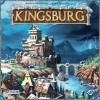



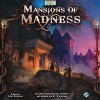
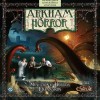

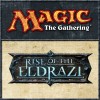
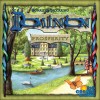





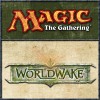

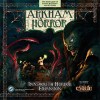


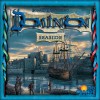



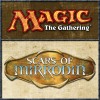
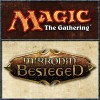







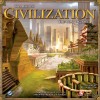



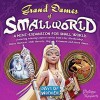



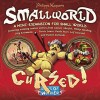





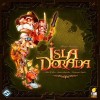
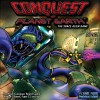

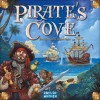

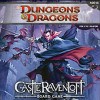

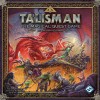
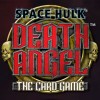
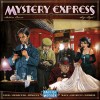







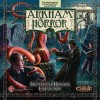

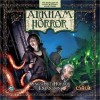





Quarriors!
<Basic Idea: Can your warriors survive a series of onslaughts by your opponent? If the answer is yes than you just might win at this mix of dice and decks.
Gameplay: Like most deck building games, your game play area is set up with randomized items that you can “purchase” through out the game. You’re given a starting “deck”, which is 12 dice consisting of weak creatures and Quiddity (a.k.a. mana or money). Your dice are put into a bag that you then draw 6 from. You then roll these dice and hop that they land on the side you want them to. When you roll Quiddity you can then use it to summon creatures and/or purchase more dice. When you summon a creature (you will have had to roll this monster as well), you pay for it by moving the appropriate amount of Quiddity to your “Used” pile. Your creature than attacks each opponent in turn, trying to destroy their creatures. You may then use the rest of your Quiddity to but new dice, which will go in your used pile. You leave your creatures out in front of you until your turn comes around again or they’re destroyed by your opponents. If your creatures make it a whole round, they scare and you gain glory. They then move to your used pile and you draw 6 more dice. All of your used dice stay in the used pile until you can no longer draw dice. You’ll then put all of your used dice back in your back and continue drawing them. They game continues until someone reaches the appropriate amount of glory points, or 4 dice piles are gone from the game play area.
Overview: I have mixed feeling about Quarriors. I like it, and it’s fun, but it’s over far too quickly and you can easily go a number of round feeling as if you haven’t done anything. Luck is a HUGE portion of this game. Even if you have the strongest dice around, a streak of bad luck can ruin it for you. We’ve been working on some house rules to try and improve play, because the potential is awesome, it just seems to miss the mark a little. Fans of deck building will have fun with this mechanic twist, but if dice hate you, don’t touch this with a ten foot pole 😉